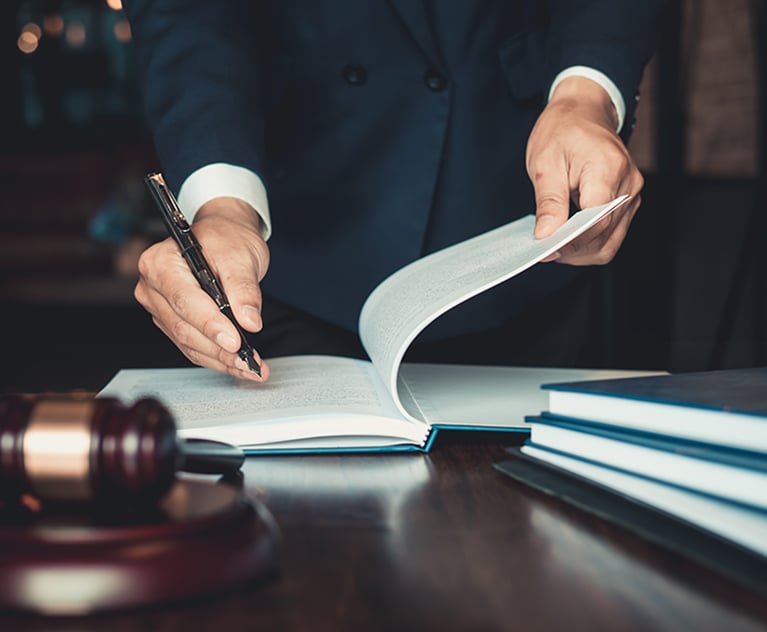The Commercial and Federal Litigation Section of the New York State Bar Association recently released its fourth update to its Social Media Ethics Guidelines (the Guidelines). As use of social media by lawyers and clients continues to grow and as social media networks proliferate and become more sophisticated, the Guidelines, predicated upon the New York Rules of Professional Conduct (NYRPC) and ethics opinions interpreting those rules, are the leading source in the United States for guiding principles in addressing social media issues. Illustrative ethics opinions from other jurisdictions are also referenced where, for example, a New York ethics opinion has not addressed a situation or where another jurisdiction’s ethics opinion differs from the interpretation of the NYRPC.
The touchstone for ethical use by lawyers of social media is competence. When utilizing social media, whether when communicating with clients, advertising, advising clients, investigating facts or monitoring juror communications, a lawyer needs to know how the social media platform works and to understand fully the implications of how it functions in order not to violate ethical precepts. For instance, you need to know if a social media communication reveals an attorney’s “fingerprint” so that the recipient of the communication can identify you as an attorney or even your location. You need to understand whether a social media application imports, accesses and/or shares confidential or proprietary client or law firm information contained on your electronic device. Competence requires that a lawyer understand the implications of social media advertising and that the technology of how social media operates alters the way an lawyer must communicate with his or her putative or actual client in order to ensure confidences are maintained, especially when using a connection at, for instance, a hotel, conference or airport that others may be able to gain access, and in light of the need to reduce the potential for an unlawful “hack.”


 Mark A. Berman
Mark A. Berman




